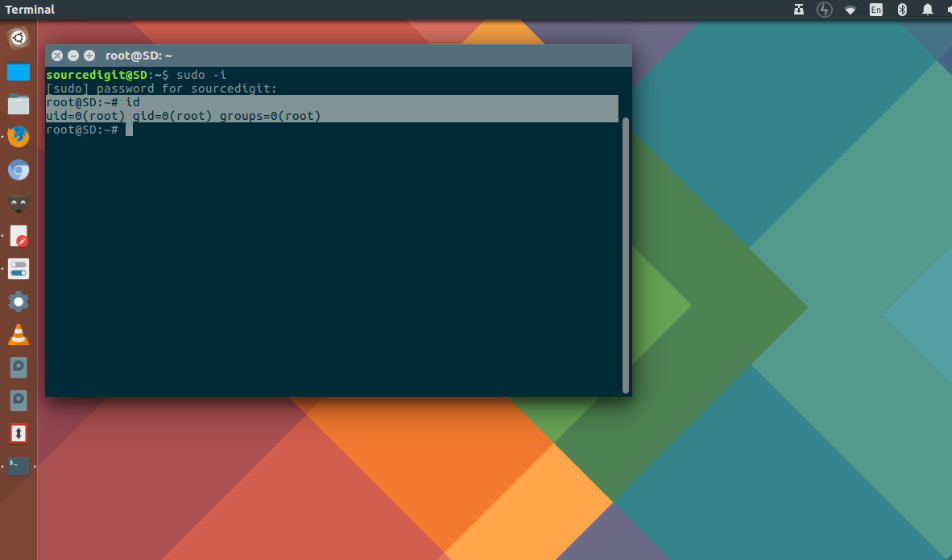How to run terminal as administrator in Ubuntu. Learn how to run terminal as root Ubuntu Linux; how to go to root user in Ubuntu. Users can open root terminal in Ubuntu Linux Systems.
Using Sudo Command
sudo allows a permitted user to execute a command as the superuser or another user, as specified by the security policy. The invoking user’s real (not effective) user ID is used to determine the user name with which to query the security policy. sudo supports a plugin architecture for security policies and input/output logging. Third parties can develop and distribute their own policy and I/O logging plugins to work seamlessly with the sudo front end. The default security policy is sudoers, which is configured via the file /etc/sudoers, or via LDAP.
Users can use “sudo” command to run terminal as administrator in ubuntu. Simply type sudo before the rest of your command. The command “sudo” stands for “substitute user do.” When a user executes sudo to the beginning of a command, the command runs as root. Note that you will be prompted to enter your password before sudo runs the command.
Users can also use “gksudo” before running a command that. It is for a program with a Graphical User Interface (GUI). In Linux Ubuntu, for security reasons, using “sudo” is not recommended to open GUI applications.

Using Sudo Command Run Terminal as Root in Ubuntu
Users can use Sudo command to tun terminal as root in Ubuntu. Use the sudo -i command. Open Terminal and type “sudo -i” command as follows:
$ sudo -i
The sudo -i command command will give you superuser access with root’s environment variables. Once executed, the prompt will change from $ to #, indicating you have root access.
Once you are done with the root commands execution, exit the root prompt by typing the exit command:
# exit
Understanding sudo -i Command
-i or –login is used to run the shell specified by the target user’s password database entry as a login shell. This means that login-specific resource files such as .profile or .login will be read by the shell. If a command is specified, it is passed to the
shell for execution via the shell’s -c option.
If no command is specified, an interactive shell is executed. sudo attempts to change to that user’s home directory before running the shell. The command is run with an environment similar to the one a user would receive at log in.
Run Terminal as Root in Ubuntu – Run Terminal as Administrator in Ubuntu originally posted on Source Digit – Linux, Ubuntu Tutorials & News, Technology, Gadgets & Gizmos.
